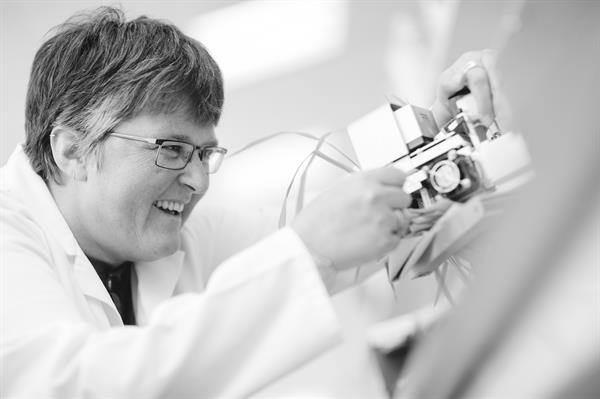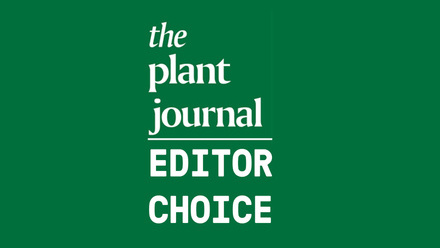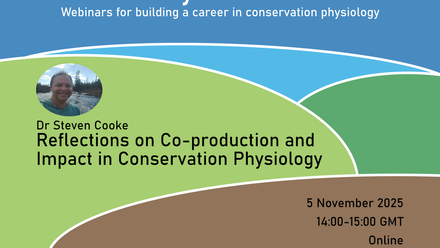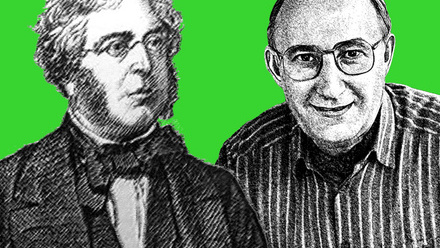Tracy Lawson is the new Vice - President of the SEB
Tracy Lawson is the new Vice - President of the SEB

The Society for Experimental Biology is pleased to announce that Tracy Lawson has been appointed as the new Vice President of the SEB.
Professor Tracy Lawson is a professor in the Plant Productivity group and Director of Plant Phenotyping at Essex, with over 20 years’ experience in photosynthesis research. She obtained her first degree in Applied Biology in 1993 from Liverpool and PhD from Dundee in 1997.
Following postdoc positions in Dundee and Nottingham, Tracy moved to Essex in 1999 as a Senior Research Officer and, following a visiting fellowship at ANU, Australia, obtained a permanent research position at Essex in 2007and was made Professor in 2016. Her research focuses on the stomatal control of atmospheric gas entry into the leaf, associated water loss and the mechanisms that regulate this process. Recent research has paid particular attention to stomatal kinetics and the impact of dynamic environments on both photosynthesis and stomatal behaviour.
Tracy’s work also concentrates on phenotyping including chlorophyll fluorescence techniques (for quantifying light use and photosynthetic efficiency) and thermal imaging (for measuring stomatal responses and kinetics). Lawson’s lab developed the first imaging system for screening plant water-use-efficiency (McAusland et al., 2013).
"I have been a member of the Society of Experimental Biology since the 2nd year of my PhD, and the society has offered me a multitude of invaluable opportunities that have provided a solid foundation for my research career.
I delivered my first conference talk at the SEB which was both terrifying and at the same time exhilarating, having the chance to discuss my research with the leaders in the field. In particular the Plant Environmental Ecophysiology group has provided a life-long community of friends and collaborators and continues to provide a platform for meeting new scientists in the subject area.
The PEPg techniques workshop in particularly introduced me to top leaders and experts in my research field as well as providing hands-on training in some of the key plant physiology approaches. The entire experience was extremely beneficial to my early career development and subsequently inspired me to resurrect the concept in 2012 to provide the same opportunities to the next cohort of plant scientists.
It is incredible to now witness the PEPg techniques workshop going from strength to strength under the leadership of a whole new generation of scientists. As the next vice president I am looking forward to supporting the development of ERC and growing the community spirit of the SEB that I have greatly benefited from in the past and continue to do so. "
"My works at the University of Essex also includes Director of Impact and the running of the Essex Plant Innovation Centre (EPIC), both of which focus on engaging with industrial partners and external stakeholders in order to transfer scientific knowledge, understanding and expertise beyond academia to solve real world challenges.
Effective communication of sciences to wider audiences forms an important part of the SEB’s remit and I am keen to work with the SEB team to continue to raise awareness of impact and outreach and expand and develop both."
"I am greatly looking forward to working with Jim Murray and the entire team to continue to support the development of the SEB as a community, connecting individuals, providing a unique scientific platform, career opportunities as well as advertising and delivering the full benefits to the members."
"Being on the editorial boards of several SEB journals I am also keen to continue to strengthen the relationships between the journal and the society and tackle the publishing challenges ahead. I am dedicated to increasing the visibility of our amazing society both in the UK and aboard and to highlighting its benefits to our scientific community."




